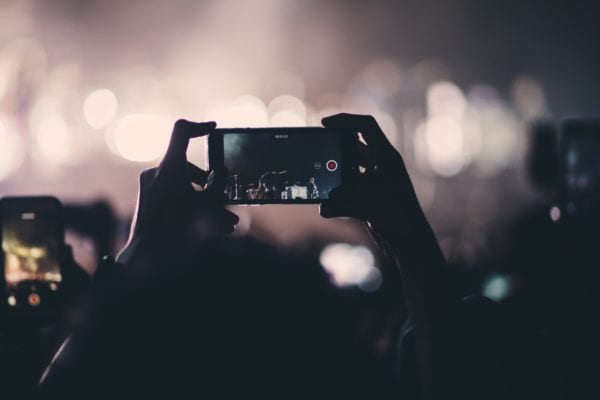In a normal day to day life, one of the things most people do while traveling in a car is to beam TV channel to mobile phone from the sky and the most used service providers for this can be DD Direct, Dish TV, Tata Sky, etc. You can observe that the quality of the video remains constantly good during the drive and our mobile data pack will not have to fork out the bandwidth as the television channel is broadcast. But even when you consider OTT platforms like Hot star, Netflix, etc. you can connect it using the internet or if it is included in the DTH broadcaster it too can come via sky.
Real-time updates can be broadcasted to your mobile phone to help people get a warning message via TV broadcast about the current situation around. For example, if there is heavy rain causing increased traffic and an arise of cyclone, people could be alerted through their mobile phones and help them save their life in a way or another. The primary use of mobile phones is to give calls, send messages, play games, internet browsing, and social networking. Amidst Covid-19 there is an increase in internet usage by students for attending online classes and employees to do their work at home and many people watch videos and their favorites channel shows via a broadcast medium like Television Direct to Home (DTH). It is integrated into the mobile phones and other personal computing devices into the hands of the end-user.
It is observed that the unicast method like 4G and 5G used by mobile communication does not guarantee an average speed for the users for downloading a file or watch a video without any hassle. By 2023 it is expected that the video content will bound to increase 8-10 times. In the post-Covid-19 situation it is expected for many companies to continue work at home, continuing education online, thus increasing overall digital traffic. To offer the provision for receiving broadcast on mobile phones, you have to look at the broadcast spectrum, mobile spectrum and other point to point and point to multipoint radios for the communication topology of the next generation. Also, to ease the pressure on the cellular spectrum it is necessary to maximize the overall radio spectrum by utilizing the underused broadcast spectrum.

